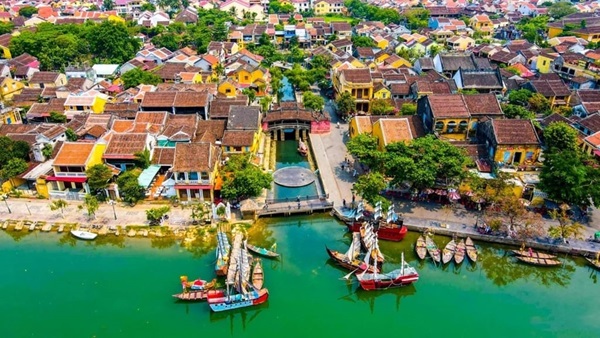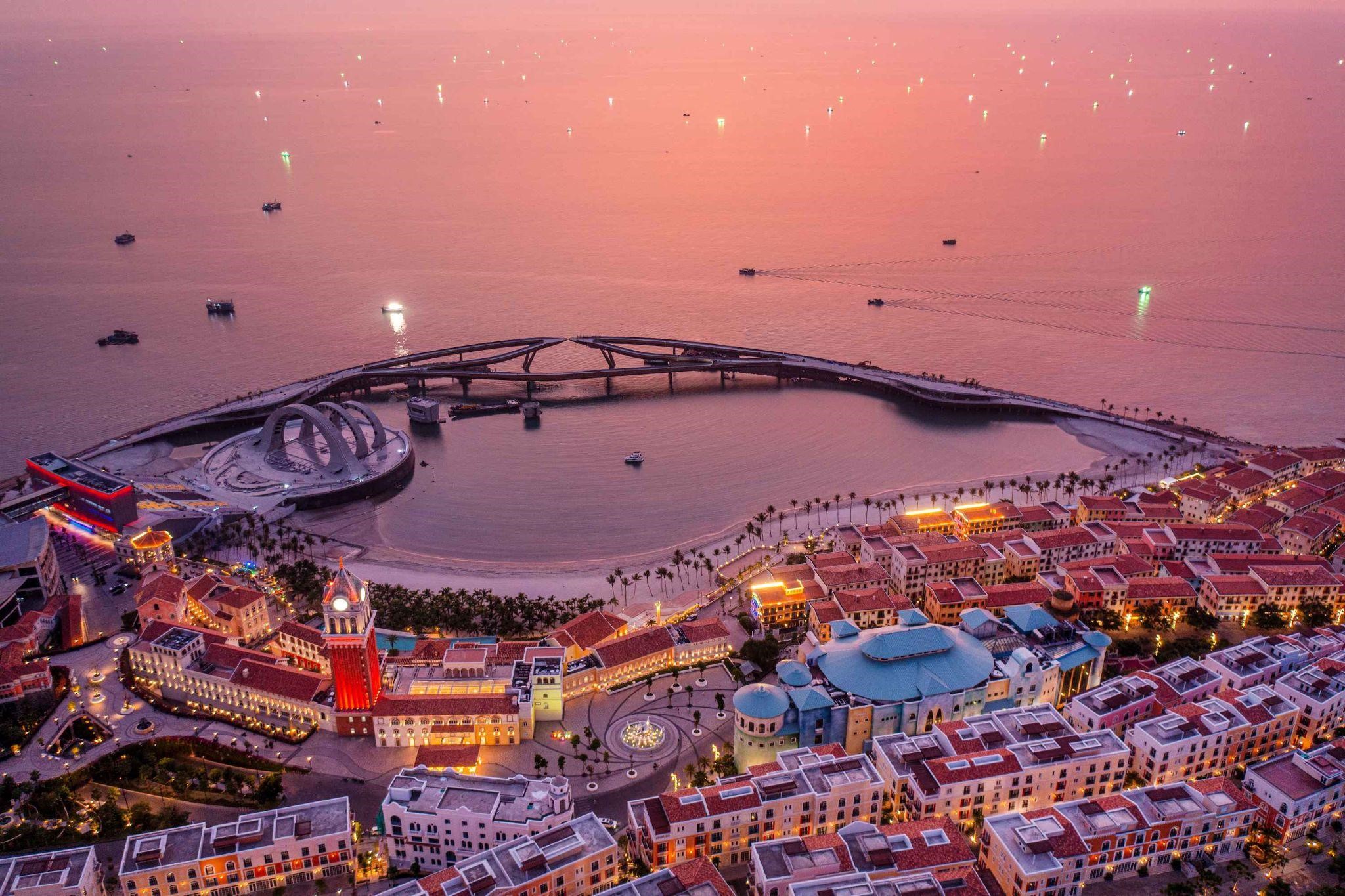Hội An: Names Changed, Soul Keeped
From an Ancient Town to a Heritage City
Over the past few years, Hội An has been gaining an exclusive title for one among the most ideal places to drop by visiting and even staying in long-term. Most recently, the travel magazine Travel + Leisure honored Hội An as one of the world’s best locations by 2025 based on its reader’s voting result. With a well-deserved score of 91.00, Hội An is undeniably a sterling candidate and ending up ranked 6th within the “25 Best Cities in the World” and 5th out of the “15 Best Cities in Asia” by the reputable World’s Best Awards 2025.
Behind that hall of fame, little do people know that Hội An has had a long journey of development, which is full of effort coming from its administration and locals. All of which started from an ancient town.
With architectural constructions built of double tiles and traditional wooden walls, Hội An Ancient town is a well-preserved fusion between both indigenous and foreign elements. Being rich in that unique sensation and peaceful atmosphere, Hội An old-quarter was classified as a National Cultural Heritage Site in 2009 by the international convention Unesco, therefore turning into the most famous attraction of Hội An (post)city back then.
Based on that on-going popularity and the promising chance for tourism, an advocate was spread among the administration as well as the citizens, in which it was planned that from the historical center as the heart of Hội An, its nearby area would also receive support when it comes to social-economic activities and leisure industry.
From there, with the core values still being maintained, Hội An has also been known for its other features. For example, Trà Quế Vegetable Village serves not only as an organic farm that contributes to the profit-making process of the (post)city but also as the "Best Tourism Village in the World 2024" by the United Nations World Tourism Organization for being a green cultural sphere. In the same year, An Bàng Beach was awarded at the 5th position in the category of the “Most Beautiful Beaches in Asia” according to Tripadvisor for its dazzling natural landscape. The list goes on. Today, when Hội An gets mentioned, it is no longer just about an ancient town but as a rebranding of a charming city filled with lights from lanterns and wonders.

Hoi An ancient town.
Chances and risks as two sides of the same coin
From 2025, as Viet Nam operates the abolishment of the district level government, Hoi An is no longer a city itself but now divided into three wards: Hội An, Hội An Đông (East Hội An), Hội An Tây (West Hội An), and Tân Hiệp island commune. This opens a new gate for opportunities, however challenges can come along with it.
While the district level administrative unit is eliminated, the name of Hội An still speaks to the locals: that they are nonetheless under the same roof, just in a more diverse existing mode as “Đông”(East) and “Tây”(West).
Apart from that, the act of rearranging Hội An into four wards may embrace their tendencies of self-developing based on their own strengths and characteristics, thereby adding to the cultural and social variety of them.
Moreover, now that the four wards are under the administration of Đà Nẵng city, and regarding the fact that Đà Nẵng is a top-tier destination with fast-paced advancement, there is a higher chance that they will obtain the needed investment for improvement as well as maintenance. For instance, it is planned that a river route with twenty boat piers connecting Hàn River (Đà Nẵng) and Cổ Cò River (Hội An) would be under construction in the following years, serving as a waterway track for territorial tourism and public transport in the future.
On the other hand, Hội An also runs some risks regarding the touristic field. With the merging of administration units happening very recently, travelers, especially the external ones, may not get used to the new organization in a short time. Situations of expired guidebooks, printed maps, or administrative addresses on hotel booking platforms can occur, leading to disorientation and misinformation.
Furthermore, Hội An was not only a city but also a linear story about handicraft villages, exquisite tailored shops, signature cuisine, and so on. As mentioned before, each of these closely supports the others thus has evolved into micro-brands under the Hội An umbrella, giving depth and a wide range of culture to it. Being alternated into four wards, Hội An can face the chance of losing the brand recognition since that community spirit as a whole may fade from public view or of getting its neighborhoods richness flattened into a generic identity.
Overall, this should not be an alarming danger as long as the soul of Hội An is still preserved, regardless of the changes in names. Hội An will surely thrive under new boundaries once the branding continuity, community unification, and structure leadership are ensured.
 HOANHAP.VN
HOANHAP.VN







